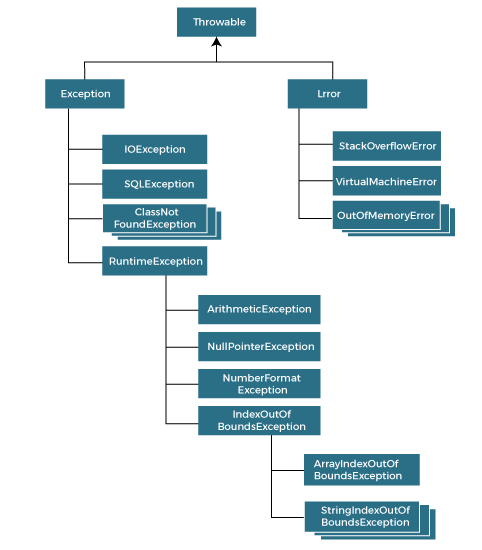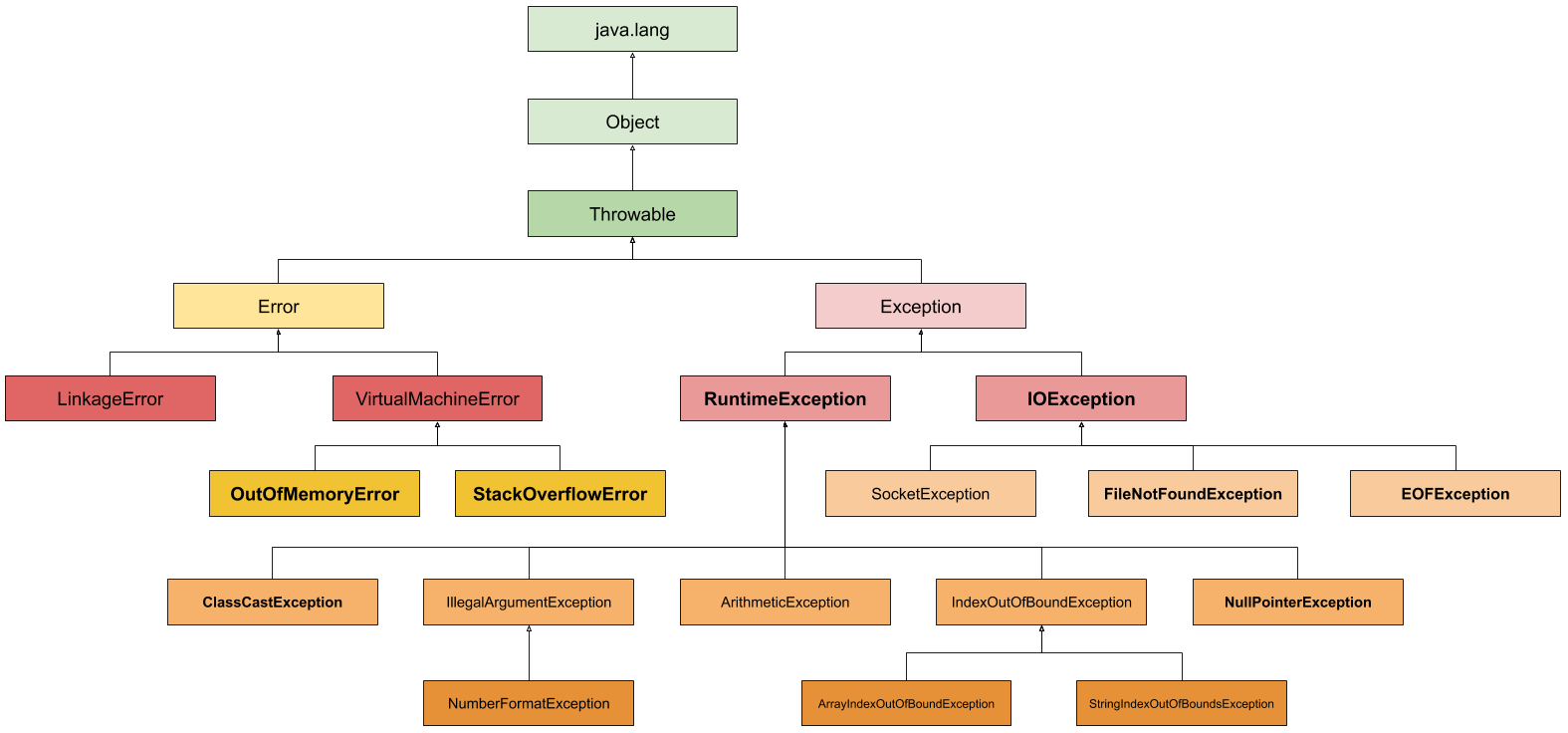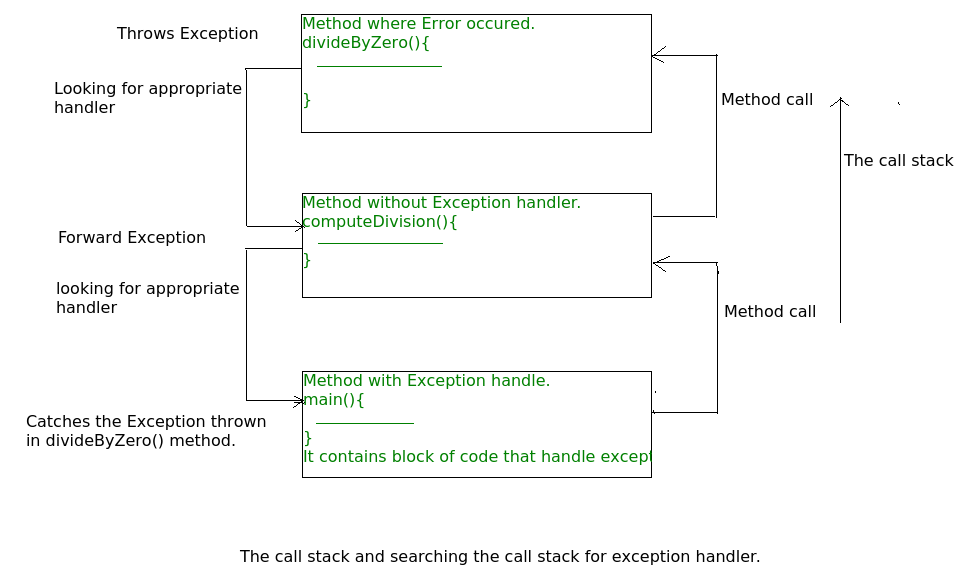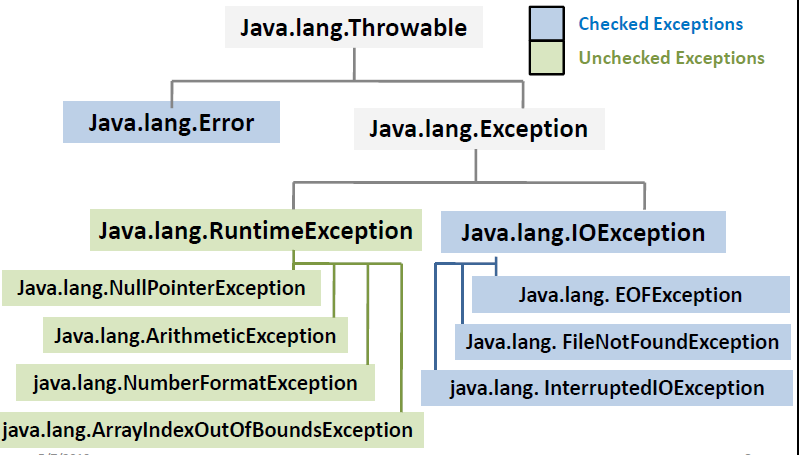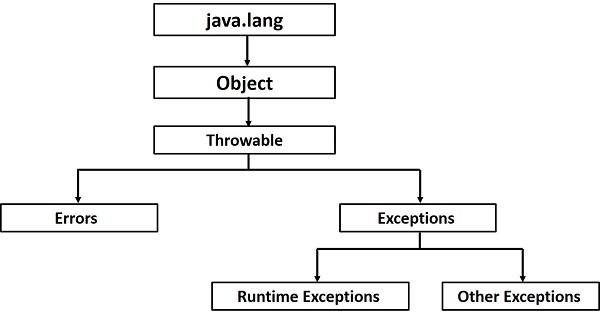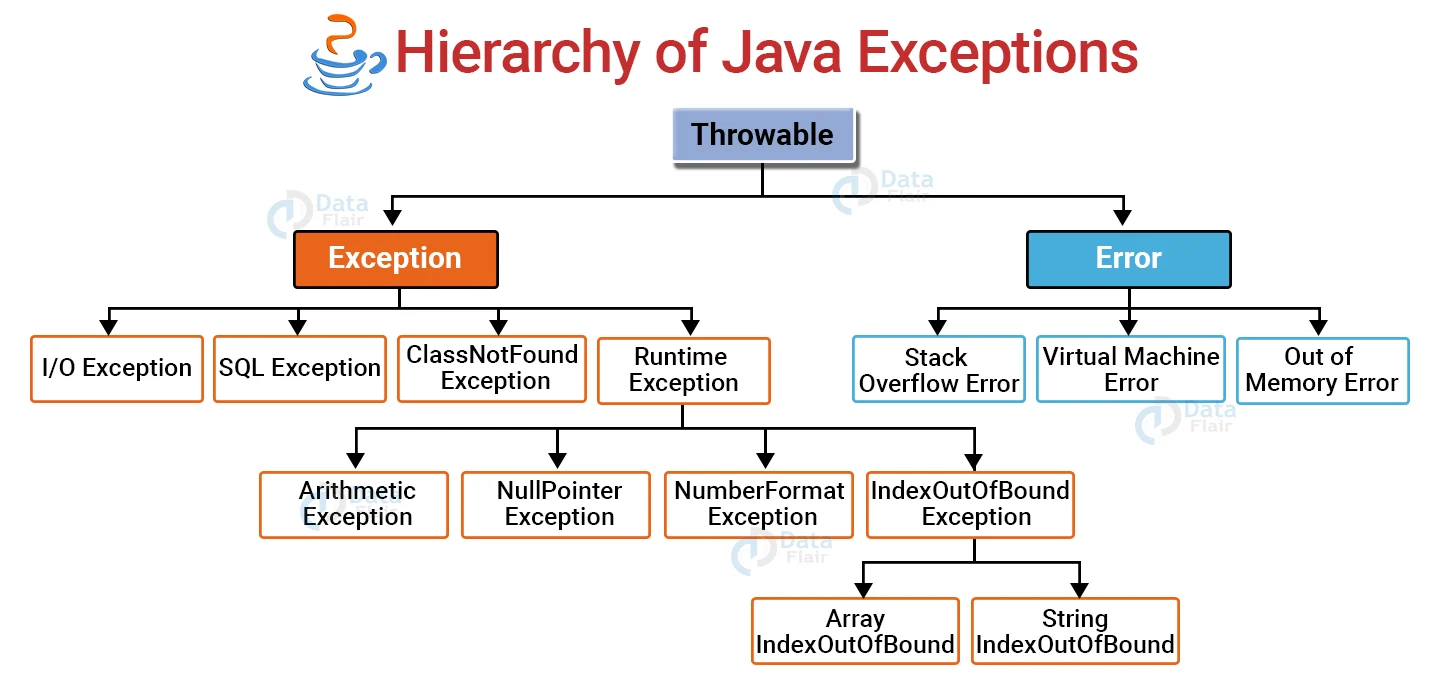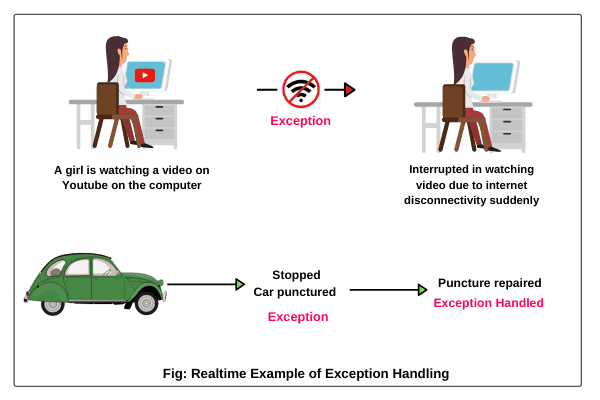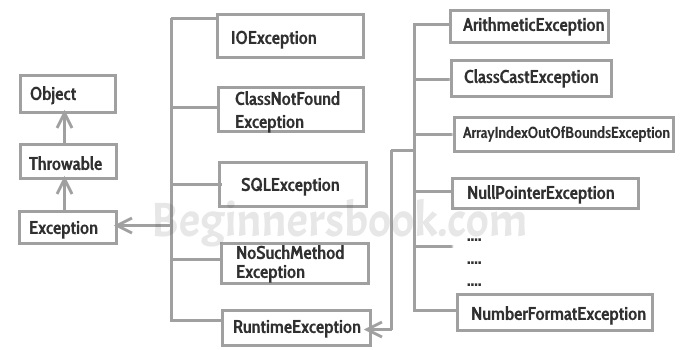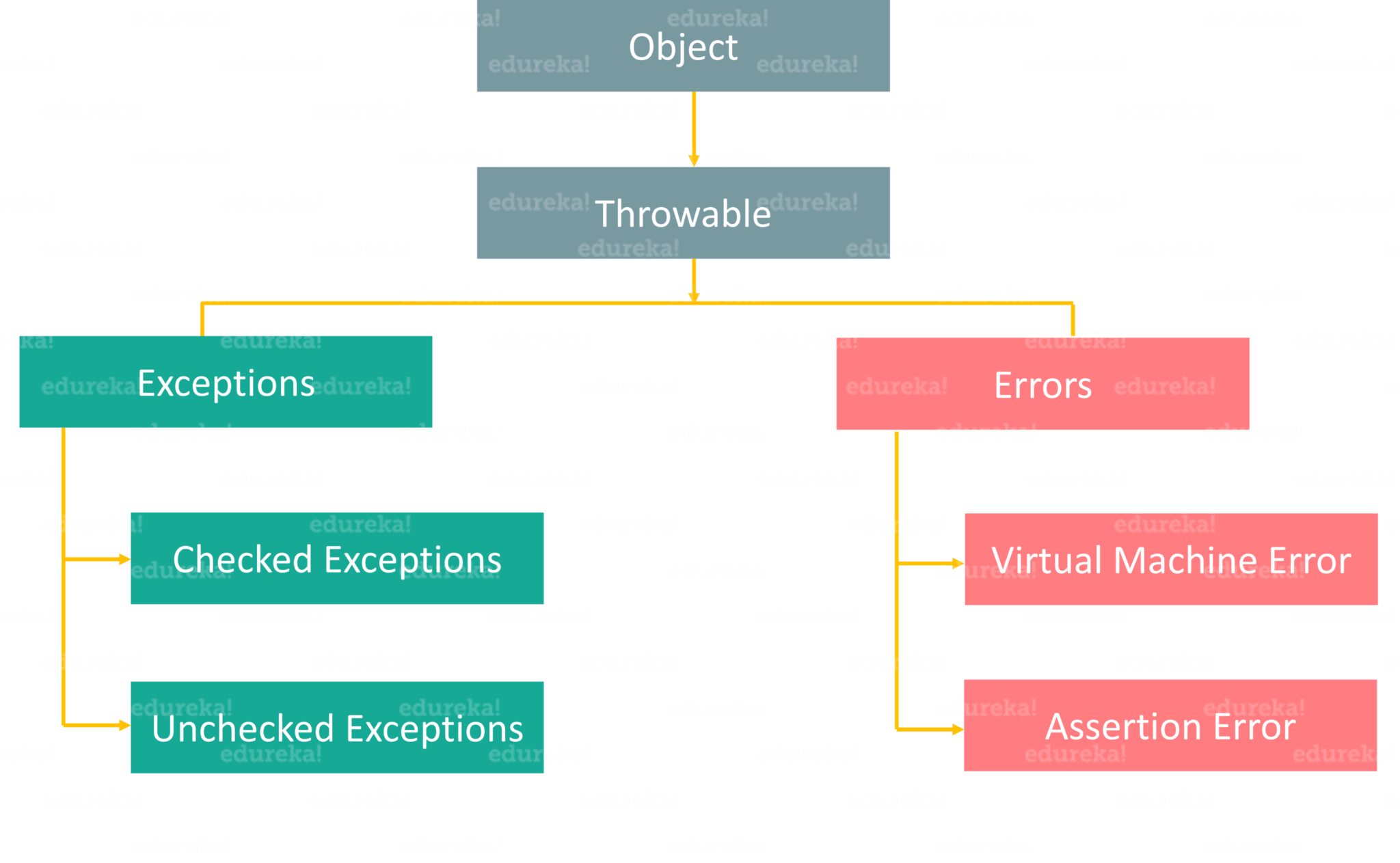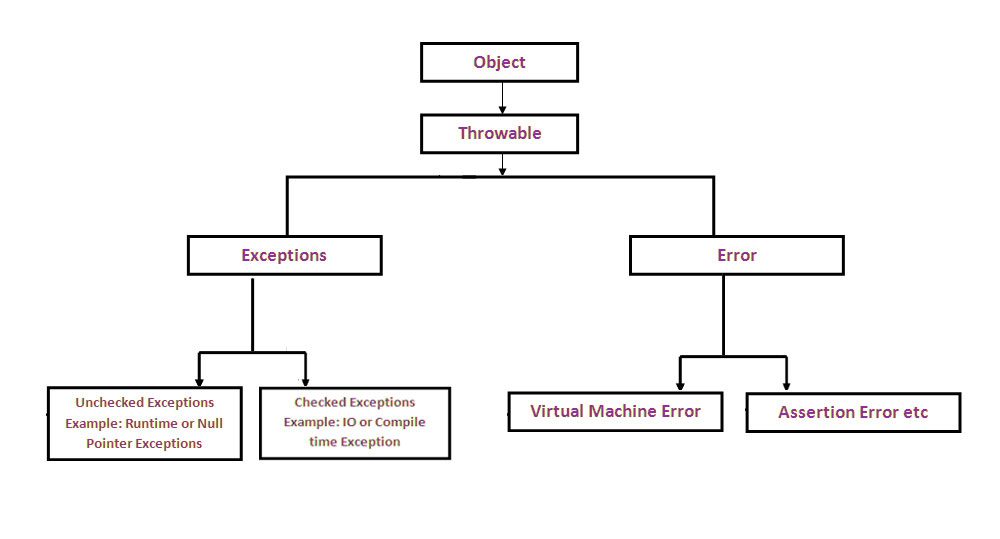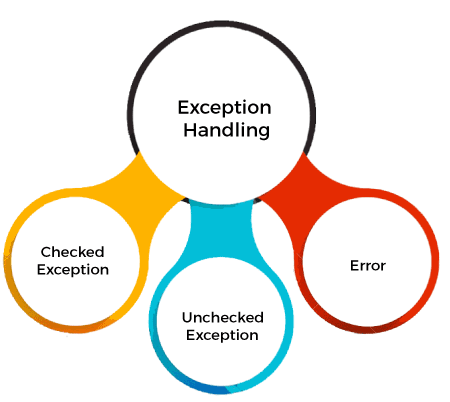Unbelievable Info About How To Handle Java Exceptions

Place any code statements that might raise or throw an exception in a try block, and place statements used to handle the exception or exceptions in one or more catch blocks below the.
How to handle java exceptions. Here's the syntax of try.catch block: Java will throw an exception (throw an error). While executing the statements in a try block, if the system.
In addition java spring framework provides a subset. If the original method throws a checked exception: Five keywords are used in exception handling:
Must be caught or declared to be thrown. Java’s exception handling consists of three. In java, the catch block is used to handle the exception which is caught from the try block.
The technical term for this is: Handling socketexception is pretty easy and straightforward. This tutorial describes when and how to use exceptions.
Some of the most common checked exceptions in java include: How to throw exceptions this section covers the throw statement and the throwable class and its subclasses. Try { // code } catch(exception e) { // code } here, we have placed the code that might generate an.
Briefly, here is how they work. Java exception handling is important because it helps maintain the normal, desired flow of the program even when unexpected. How to handle exceptions in java with examples lets put all together catching exceptions using try catch the try keyword specifies that the enclosed code has the potential.

